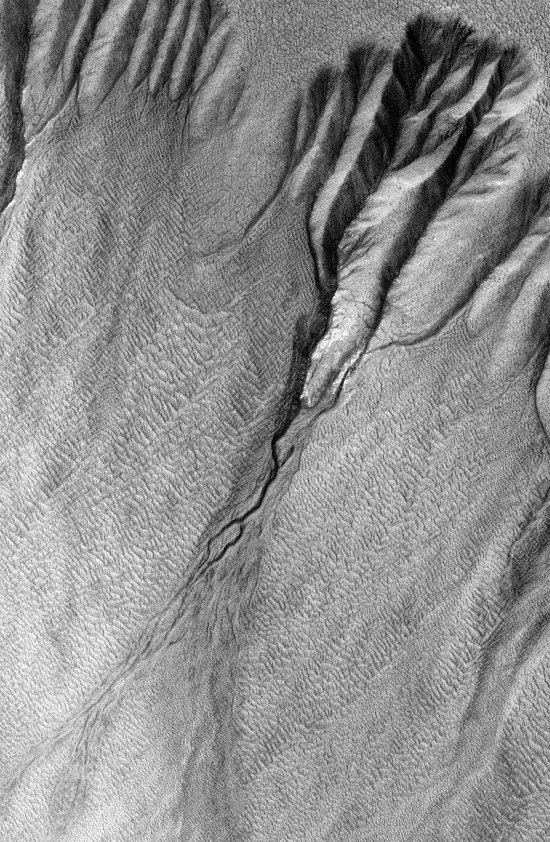Debt Commission Agrees to postpone report
Sadly, the pigs are winning! Obama’s deficit commission apparently does not have the votes to release a report today. Key quote:
The New York Times reports that there is unanimous opposition from the six Democrat and six Republican members of Congress who sit on the president’s debt-reduction commission to issuing a final report today. . . . In order to issue a report, the commission must win support for its recommendations from 14 of the 18 members; but that is looking unlikely at the moment, even though the commission has extended its deadline to Friday. Predictably, Democrats don’t want to endorse many of the spending cuts, while Republicans are averse to tax increases.
Sadly, the pigs are winning! Obama’s deficit commission apparently does not have the votes to release a report today. Key quote:
The New York Times reports that there is unanimous opposition from the six Democrat and six Republican members of Congress who sit on the president’s debt-reduction commission to issuing a final report today. . . . In order to issue a report, the commission must win support for its recommendations from 14 of the 18 members; but that is looking unlikely at the moment, even though the commission has extended its deadline to Friday. Predictably, Democrats don’t want to endorse many of the spending cuts, while Republicans are averse to tax increases.

